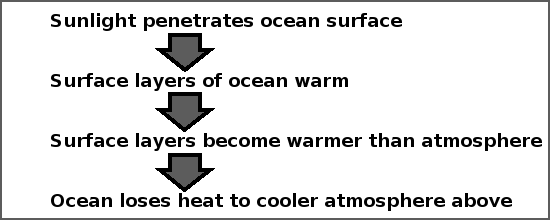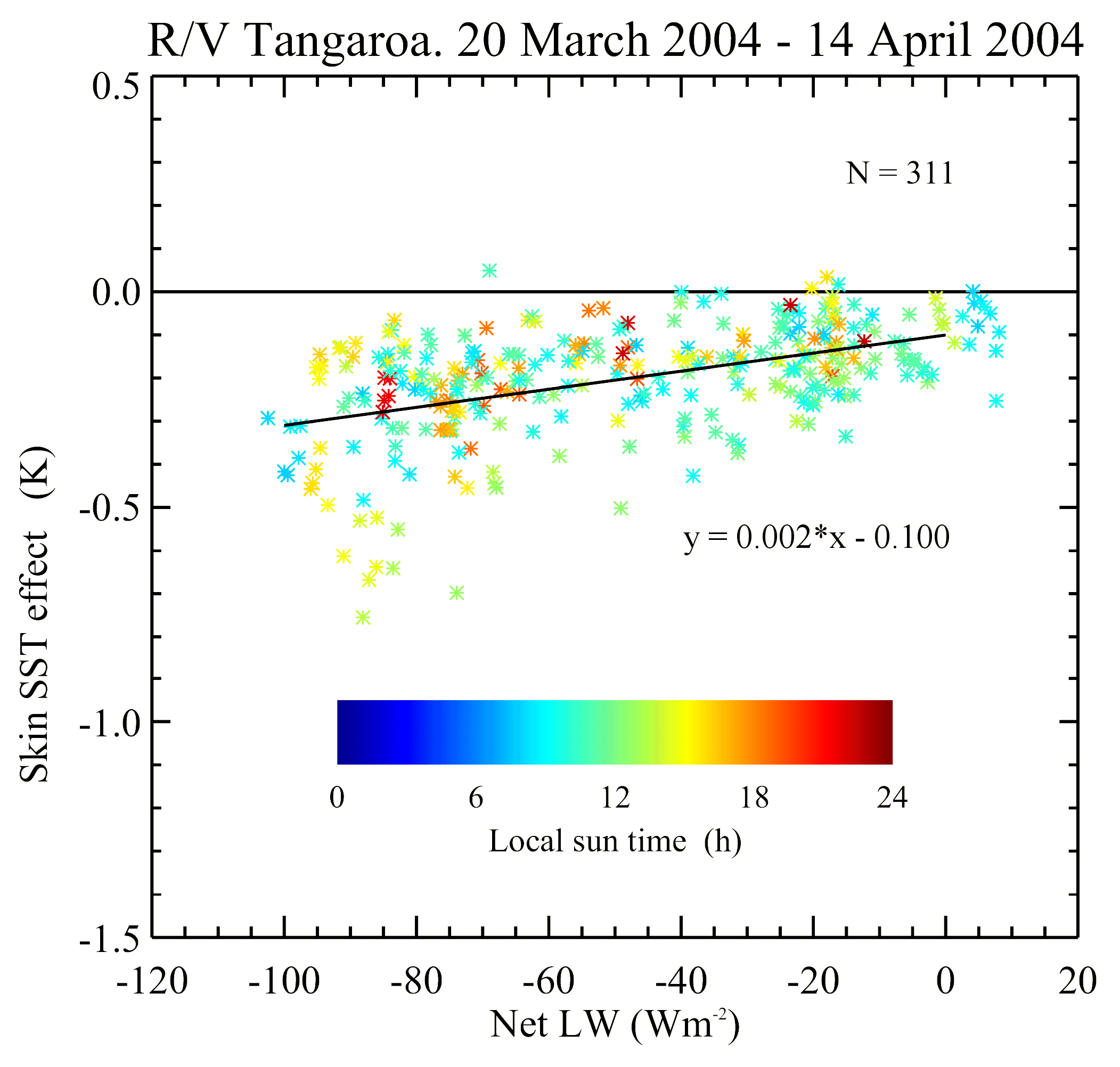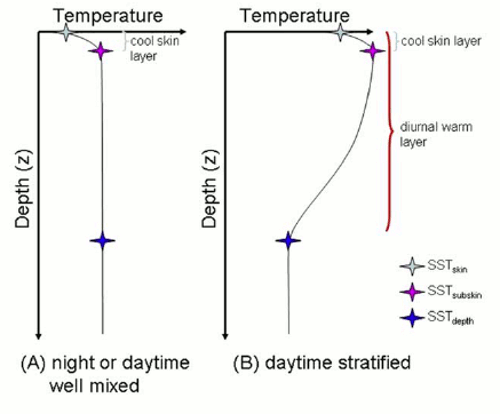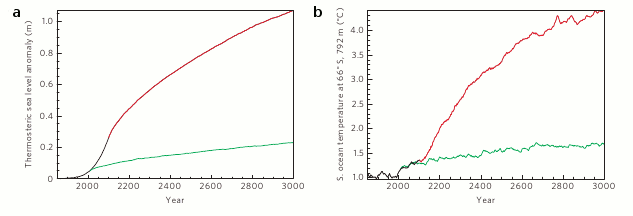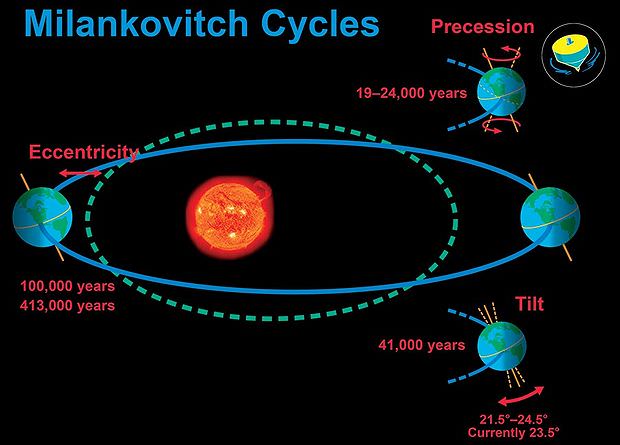RollingThunder
Gold Member
- Mar 22, 2010
- 4,818
- 522
- 155
- Thread starter
- #101
We're not losing ice at an accelerating pace. That's a lie. At one pole we are losing ice, at the other poll we're gaining ice.
You know nothing:
CryoSat finds sharp increase in Antarctica’s ice lossesEnd of.
19 May 2014
Three years of observations from ESA’s CryoSat satellite show that the Antarctic ice sheet is now losing 159 billion tonnes of ice each year – twice as much as when it was last surveyed.
The polar ice sheets are a major contributor to the rise in global sea levels, and these newly measured losses from Antarctica alone are enough to raise global sea levels by 0.45 mm each year.
These latest findings by a team of scientists from the UK’s Centre for Polar Observation and Modelling show that the pattern of imbalance continues to be dominated by glaciers thinning in the Amundsen Sea sector of West Antarctica.
[...]
Ice loss and sea level rise
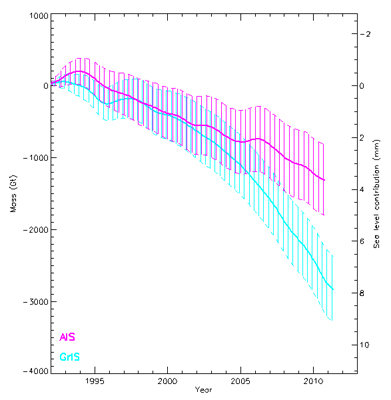
Cumulative changes in the mass of the Antarctic ice sheet (pink) and the Greenland ice sheet (blue) from 1992 to 2011 determined from a reconciliation of measurements acquired by satellite radar altimetry, the input-output method, satellite gravimetry and satellite laser altimetry. Also shown is the equivalent global sea level contribution, calculated assuming that 360 gigatonnes of ice corresponds to 1 mm of sea level rise.
Actually, it is YOU who know nothing. Here is a more recent article, why didn't you reference it I wonder.
....Now, a new study by a team of NASA climate scientists has sparked controversy by reporting that “Antarctica is actually gaining ice.”
Scientists concluded in the Journal of Glaciology that the loss of glacier mass in Antarctica’s western region is being offset by thickening of glaciers on the continent’s eastern interior, which has experienced increased snowfall. The result: A net gain of about 100 billion tons of ice per year, according to the report.
That was one study that only studied a part of Antarctica and used data that stops in 2008. A number of other studies say the oposite.
Here's a good analysis of what is actually happening.
Is Antarctica Gaining or Losing Ice? Hint: Losing.
Slate
By Phil Plait
NOV. 3 2015
A new study just published in the Journal of Glaciology is causing some buzz in climate circles, because it appears to claim that Antarctica — long thought to be losing ice at extremely alarming rates — is actually gaining ice.
However, note the word appears. The reality is more complicated, and in the end the important aspect of this is that the study only talks about part of Antarctica, and only used data up to 2008. Both of these points are critical.
Here’s what’s what.
The authors looked at satellite altimeter data, using that to track how much snow accumulated over a given time period. Looking at different satellites, they found that enough snow fell over some parts of the southern continent (most importantly the vast area of East Antarctica) to more than balance the ice lost via melting.
In other words, East Antarctica (and parts of West) was gaining mass. That’s interesting!
But the authors note that the accumulation rate is steady while losses are increasing. As they mention in their conclusion, this gain in mass over the regions studied can’t keep up with losses, and they’re likely to balance in about 20 years. After that, losses win.
There’s more. They looked at data going from 1992–2008. Starting right around that time, mass loss due to melting ice in Antarctica (mostly in the west) has accelerated. It’s actually been speeding up for some time, but in recent years it’s really kicked in. Every year, about 6 billion more tons of ice are lost than the year before. In the past two decades, the loss rate has doubled.
This is enough to easily outpace the mass gained by snowfall over East Antarctica. Using data taken by the Grace satellites (which measure how mass underneath them changes over time), we know that overall, Antarctica is currently losing more than 130 billion tons of ice per year, and again, that number is increasing every year. Since 2002 it’s lost about 2 trillion tons of ice.
Mind you, this isn’t including Greenland, which is losing ice at an even more staggering 280 billion tons per year, and has lost well over three trillion tons over that same time period.
So no matter how you slice it, Antarctica is losing ice, and losing it fast.

Mass of ice lost in Antarctica due to melting from 2002 through Nov. 2014. Note the trend. The 0 point is the average over the time period. - Diagram by NASA
There’s one step in the new study I found interesting, and a little worrisome: They measure how the height of snow increased in East Antarctica, but it’s a little bit problematic converting that to how much mass of ice was gained. As the snow falls, it gets compressed over time and turns into ice. That process isn’t completely understood, as Robin Bell (who studies Antarctic ice) points out in a quote in an article about this on Vice. In that same piece, climatologist Gavin Schmidt says he thinks the Grace measurements (which show far more ice loss from Antarctica) are more reliable as well. You can read more about this at HotWhopper.
Of course, the usual suspects in the global warming–denying noise machine are jumping all over this study, claiming triumph … but, as usual, they obfuscate, they cherry-pick, and they ignore evidence that contradicts their claims that everything is rolling along just fine.
Here’s the difference between real science and what they do: When I first read about this Antarctic study, my reaction was one of hope. Although I knew that sea levels were rising, and that this must be coming from somewhere, if Antarctica was actually gaining ice, that could provide a good buffer against catastrophic melting.
But upon further examination it became clear that this was not the case. I was happy to entertain the notion that I might be wrong in my conclusions, and I still am. But all the evidence points to the conclusion that Antarctica is still losing hundreds of billions of tons of ice per year, will lose more every year, and it’s joined (and even outpaced) by Greenland.
The world really is warming up. We really are losing ice. The sea levels really are rising. Oceans really are getting more acidic as they absorb some of the 40 billion extra tons of carbon dioxide we humans pump into the atmosphere every year.
I look at the data and I’m alarmed by it. I wish it weren’t so, but the data, the science, the reality of this doesn’t give a damn what we wish.
It only reacts to what we do.

